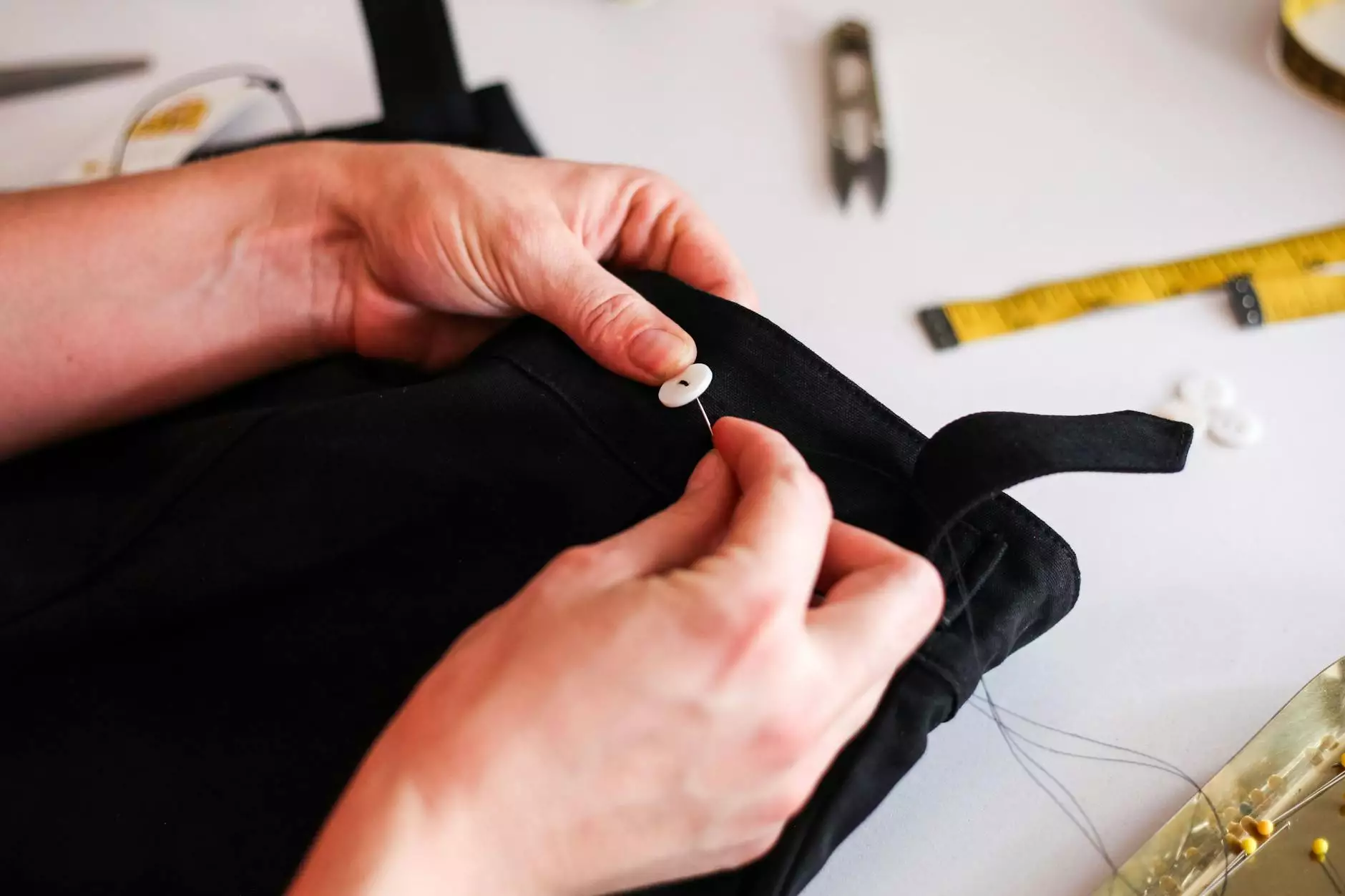Understanding Blood Clots in the Foot: Images, Symptoms & Treatment

Blood clots are significant medical conditions that can have serious implications for your health. When a clot forms in the foot, it can lead to a range of complications. This article provides an in-depth look at these clots, highlighting what they are, how they form, their symptoms, treatments, and noteworthy images that illustrate these conditions.
What is a Blood Clot?
A blood clot, or thrombus, is a gel-like mass of blood cells and proteins that forms in the blood. While clotting is a natural process that prevents excessive bleeding, it can become problematic if clots form inappropriately within veins or arteries. This is particularly concerning when clots form in the foot or nearby areas, as they can impede blood flow and cause other serious health issues.
How Do Blood Clots Form in the Foot?
Blood clots can form in the foot due to various factors, including:
- Injury: Trauma to the legs can disrupt normal blood flow, leading to clot formation.
- Prolonged Inactivity: Extended periods of immobility, such as during long flights or bed rest, can increase the risk of clots.
- Medical Conditions: Conditions such as obesity, diabetes, and certain heart diseases can predispose individuals to clot formation.
- Genetic Factors: Some people have hereditary conditions that increase their likelihood of developing blood clots.
Symptoms of Blood Clots in the Foot
Identifying the symptoms of blood clots in the foot is crucial for prompt treatment. Common symptoms may include:
- Swelling: A noticeable swelling in the affected foot.
- Pain: Persistent pain that may feel like cramping or soreness.
- Discoloration: Skin may appear reddish or have a bluish tint.
- Warmth: The area around the clot may feel warmer than the surrounding tissues.
Blood Clot in Foot Pictures
Visual aids can be highly beneficial in recognizing the signs of a blood clot in the foot. Images can illustrate typical presentations of blood clots, helping individuals to identify symptoms early.
*(Note: Always consult a medical professional for a proper diagnosis and treatment plan.)*
Diagnosis of Blood Clots in the Foot
Proper diagnosis is essential for effective treatment. Medical professionals employ various methods to confirm the presence of a blood clot:
- Ultrasound: A non-invasive imaging technique that uses sound waves to visualize blood flow and detect clots.
- CT Scan: Provides detailed images of the blood vessels and can recognize clots that ultrasound might miss.
- Blood Tests: D-dimer tests can assess the presence of clotting factors in the bloodstream.
Treatment Options for Blood Clots in the Foot
Timely treatment of blood clots is vital to prevent complications. Treatment options include:
- Anticoagulants: Commonly known as blood thinners, they help prevent the clot from growing and reduce the risk of new clots forming.
- Thrombolytics: These medications are used to dissolve large clots already present in the blood vessels.
- Compression Stockings: Specially designed stockings can help reduce swelling and promote circulation.
- Lifestyle Changes: Incorporating exercise and maintaining a healthy weight can significantly reduce the risk of future clots.
Preventing Blood Clots in the Foot
Preventive measures are crucial, especially for individuals with risk factors for blood clots. Here are some tips to reduce the likelihood of developing clots:
- Stay Active: Regular physical activity promotes healthy blood circulation.
- Hydration: Sufficient water intake helps to keep the blood thin.
- Avoid Prolonged Inactivity: When traveling, take breaks to stretch and move around.
- Manage Health Conditions: Follow medical advice to control chronic conditions like diabetes, obesity, and hypertension.
When to Seek Medical Attention
If you suspect you have a blood clot in your foot, it's crucial to seek medical attention immediately. Warning signs of a serious condition include:
- Sudden swelling or pain in the foot or leg
- Shortness of breath or chest pain
- Rapid heart rate
These may indicate a serious complication, such as a pulmonary embolism, which can be life-threatening.
Conclusion
Blood clots in the foot can lead to serious health complications if not treated promptly. Recognizing the symptoms, understanding how these clots form, and knowing how to seek appropriate treatment are all vital components of managing your vascular health.
At Truffles Vein Specialists, we are dedicated to providing the highest level of care for our patients. If you have concerns regarding symptoms related to blood clots or other vein-related conditions, don’t hesitate to reach out to our team of specialized professionals.
For more information on blood clots, treatment options, or to schedule a consultation, visit us at trufflesveinspecialists.com today.









